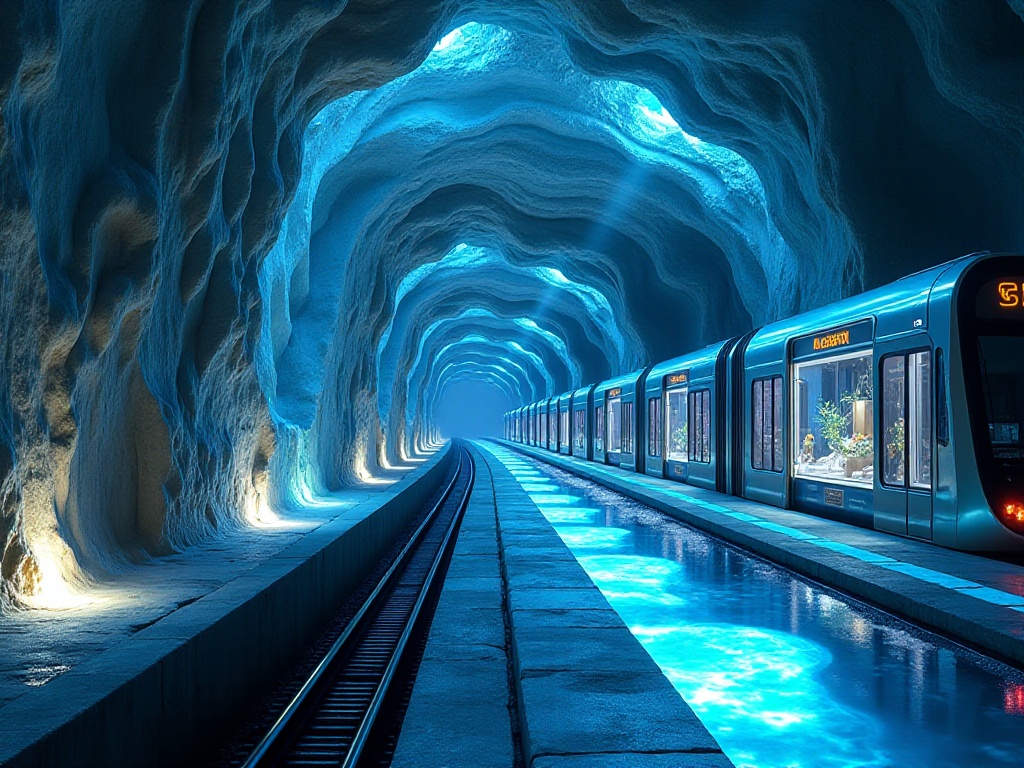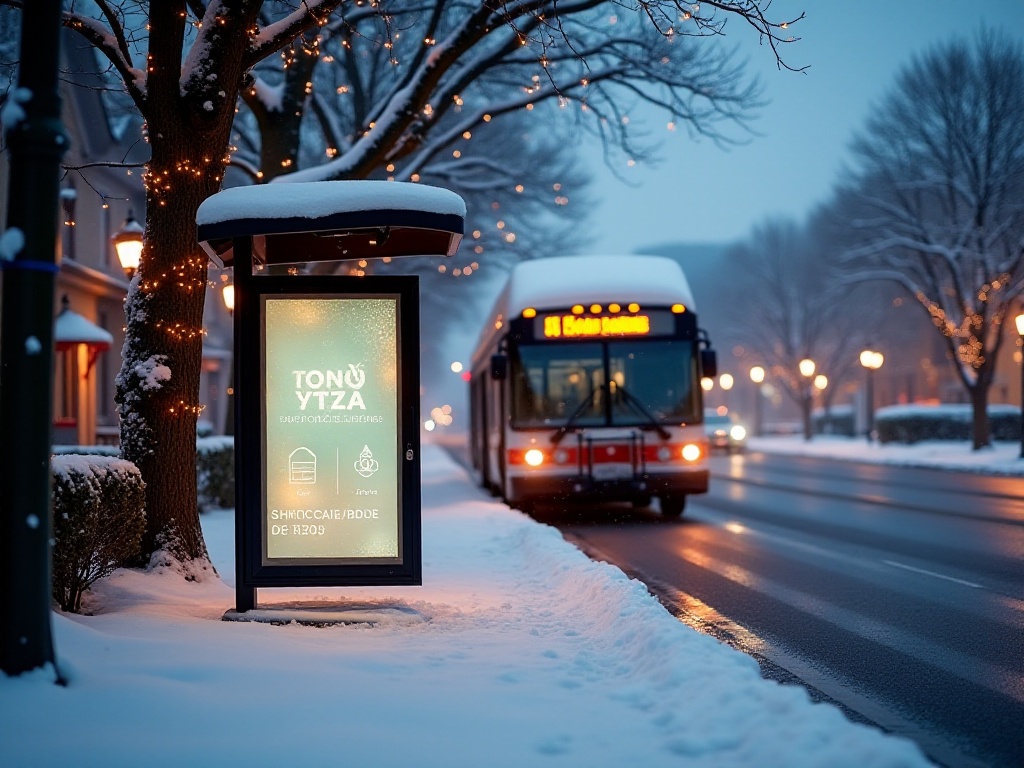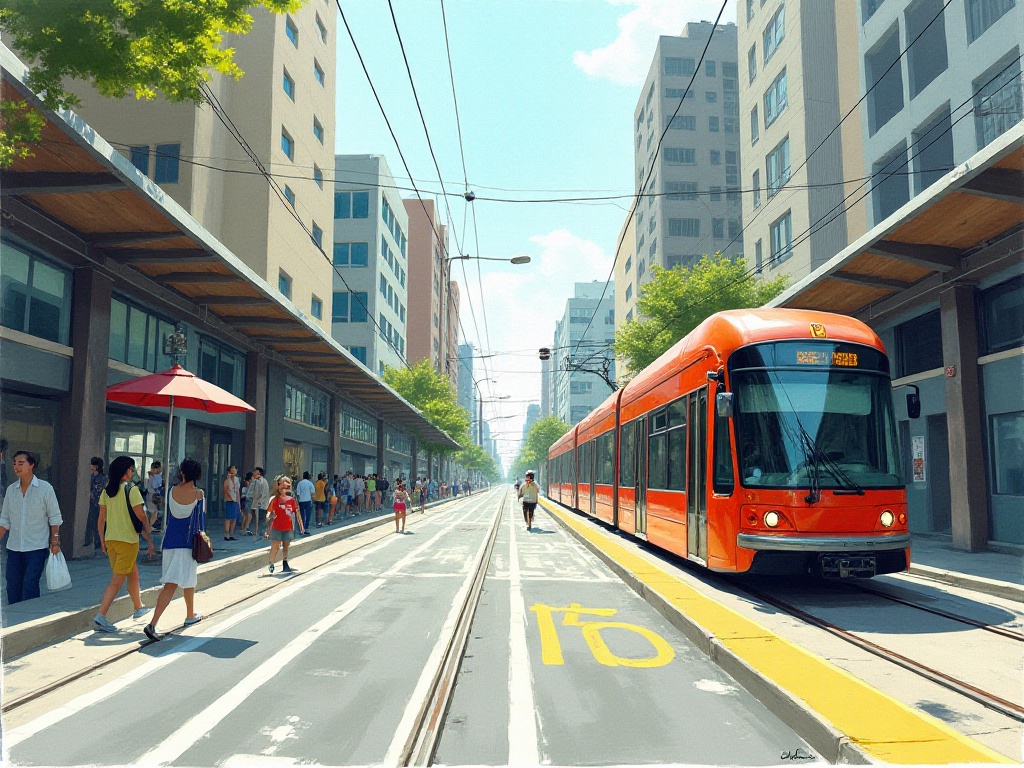First Encounter with New York
In the summer of 2023, I set foot in New York for the first time. As a native Chinese person, I was immediately struck by the bustle of Kennedy Airport the moment I got off the plane. Pulling my suitcase and following Google Maps directions, I found the AirTrain platform. This was my first rail transit experience in New York, although strictly speaking, the AirTrain isn't part of the subway system.
Taking the AirTrain to Jamaica Center Station to transfer to the E line subway, I felt both excited and nervous. Entering the subway station for the first time, I was met with a distinctive odor mixing dampness and mustiness. The platform floor was somewhat messy, and the wall tiles showed signs of aging. I thought, is this really New York's main public transportation? Compared to the subways of Tokyo, Shanghai, and Hong Kong, it was indeed a bit disappointing.
However, as I spent more time living in this city, I gradually discovered that the charm of the New York subway lies not in its cleanliness but in its unique cultural atmosphere and exceptional accessibility. It's like an elderly person who, though no longer pristine on the outside, contains rich stories and wisdom within.
The Subway Network
New York's subway network is among the world's largest. It has 28 subway lines, 472 stations, and a total length of 850 kilometers. These figures might just be cold numbers to many, but for New York residents, they represent endless possibilities.
During my first two months in New York, looking at the subway map always made me dizzy. The dense, colorful lines interweaved like a modern art painting. I often took wrong lines at transfer stations, sometimes ending up in the Bronx when I meant to go to Brooklyn.
But as time passed, I began to understand the logic behind this seemingly chaotic system. The numbered lines (1, 2, 3, etc.) mainly run north-south through Manhattan and are popular among commuters. These lines pass through important landmarks like Times Square, Central Park, and Columbia University, making them essential routes for tourists.
The letter lines (A, B, C, etc.) serve more to connect different areas. For example, the A line runs from Inwood at Manhattan's northern tip, through Brooklyn, and finally to Rockaway Beach in Queens. During hot summers, many New Yorkers take the A line to spend weekends at the beach.
The subway line design also reflects New York's urban development history. Many lines were built in the early 20th century when New York was experiencing unprecedented expansion. The subway construction allowed more people to live far from the city center, promoting outward urban development. Now, these century-old plans continue to serve the city's 8 million residents.
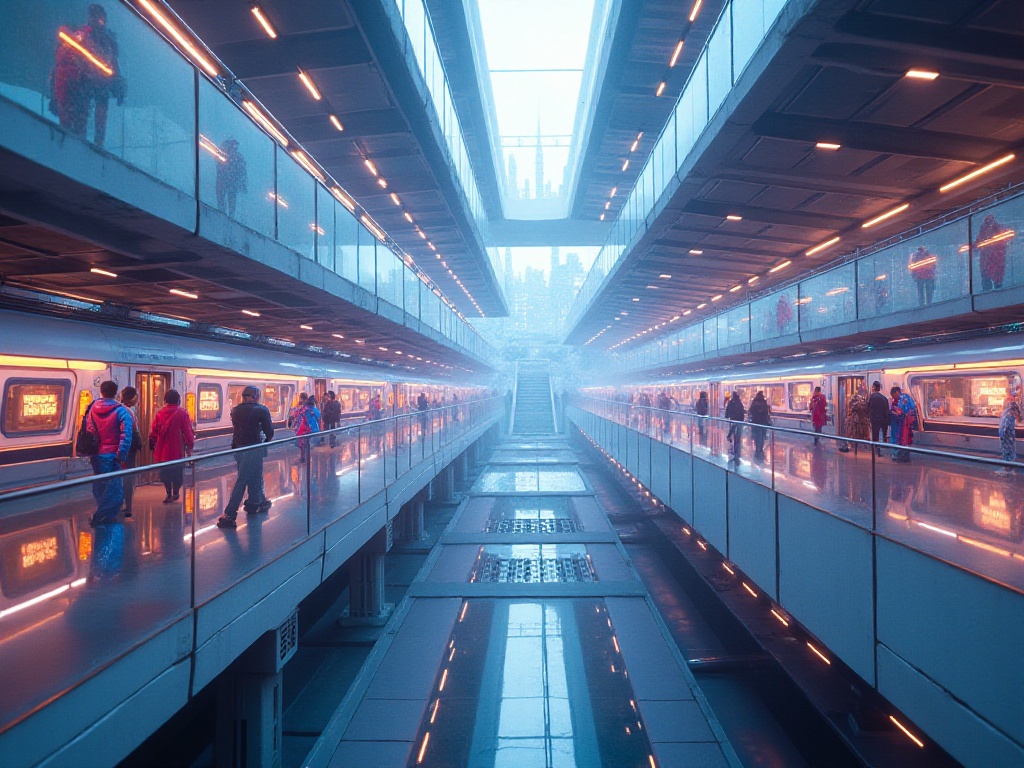
Colorful Experiences
My daily subway commute is always a cultural journey. My favorite line, the 7 train, is known as the "International Express" because it passes through New York's most culturally diverse neighborhoods.
Starting from the Flushing terminal, you're first greeted by the bustle of Chinatown. Chinese signs line the streets, dim sum restaurants fill the air with cooking aromas, and Chinese people speaking various dialects pass by. In the subway station, you can often hear station staff making announcements in fluent Chinese.
A few stops west in Jackson Heights, the neighborhood atmosphere changes. Mexican taco aromas waft through the streets, Latin music plays in stores, and vendors call out in Spanish. The subway station walls feature murals with Latin American flair.
Further on is Sunnyside, home to many Irish and Greek immigrants. Irish pubs on street corners are always lively, and Greek restaurant signs exude Mediterranean charm.
Finally arriving at Hudson Yards in Manhattan, this is New York's newest commercial district. Emerging from the old 7 line station, you're greeted by new skyscrapers and modern art installations. This stark contrast is what makes New York most fascinating.
I often leave an hour early just to get off at certain stations, experience different neighborhood atmospheres, and taste local specialties. Sometimes while waiting for trains, I observe the platform crowd: Wall Street professionals in suits, art students with drawing boards, young mothers with strollers, construction workers with toolboxes. They come from all over the world yet coexist harmoniously in this city - that's the greatest insight the New York subway has given me.
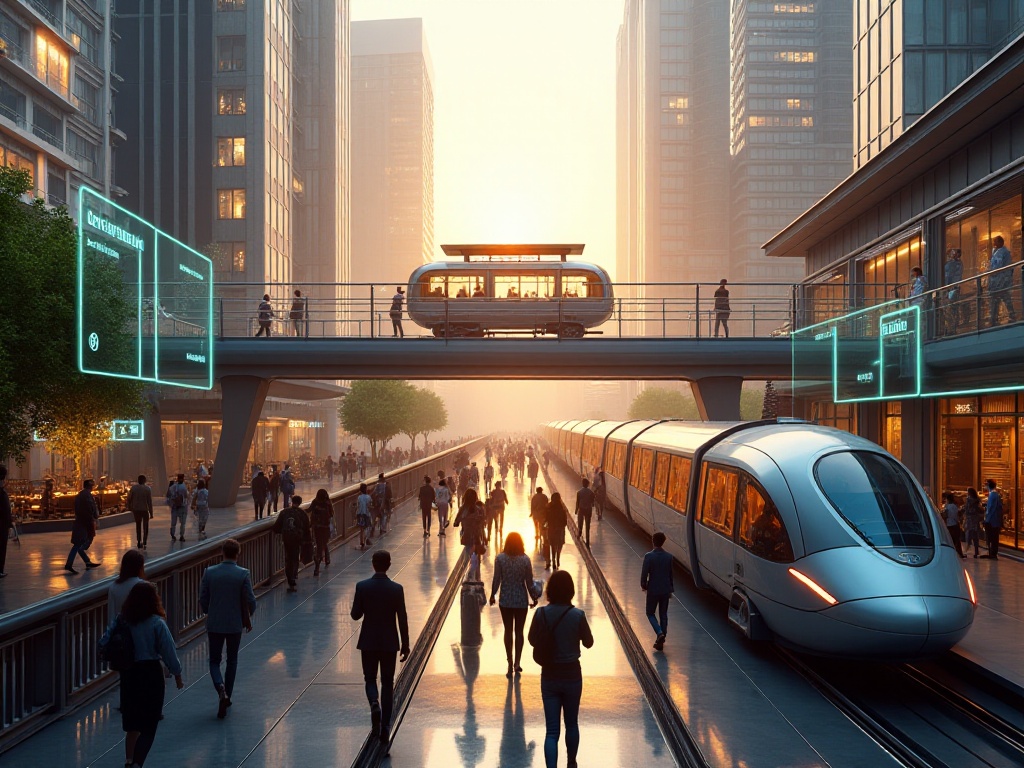
Travel Tips
In New York, subway fares are very user-friendly. A single ride costs $2.90 and allows unlimited transfers (as long as you don't exit the station). This price is reasonable for short-term visitors. But if you're planning to stay in New York longer, buying an unlimited card is more economical.
A weekly pass is $34, and a monthly pass is $127. I did the math: commuting twice each workday means over 40 rides per month. Single rides would cost $116, plus extra for weekend travel. In comparison, a monthly pass not only saves money but also gives more freedom to explore the city.
Regarding ticket purchases, I must emphasize: never buy MetroCards from sellers outside stations. These cards are often illegally obtained and can result in fines if caught. All ticket purchases should be made at station vending machines or service windows.
Rush hour riding is an art. From 7-9 AM and 4-7 PM, almost all subway lines become extremely crowded. Especially at major transfer stations like Times Square and Union Square, platform crowds often extend to the stairs.
I've summarized several tips for avoiding rush hour congestion. First, time adjustment - if possible, leave half an hour earlier or later. Second, route selection - sometimes seemingly longer routes are actually faster. For example, from the Upper West Side to the Financial District, while the 2/3 lines are standard, the A/C lines, though longer, can be faster due to fewer passengers.
Additionally, car selection is important. Generally, middle cars are most crowded as they're usually closest to platform exits. If you don't mind walking extra steps, choose cars at the front or back. These cars are less crowded and sometimes closer to exits at certain stations.
Safety Reminders
Safety on the New York subway has always been a focus of attention. Although crime rates have decreased in recent years, vigilance while riding is still necessary. According to NYPD data, subway crime rates in 2023 decreased by 21.5% compared to 2019, thanks to increased police presence and improved security measures.
My advice is: when riding late at night, choose cars with more people. Many cars now have surveillance cameras, which you can identify by black domes on the ceiling. Also, don't get absorbed in your phone while wearing headphones; stay alert to your surroundings.
If you encounter suspicious situations, don't hesitate to press the emergency button in the car or tell platform staff. Every platform has police patrols, and help intercoms throughout stations provide direct police contact.
Speaking of safety facilities, the HELP POINT intercoms are worth mentioning. These blue pillar-like devices on platforms have two buttons: one for emergencies connecting directly to police, and another for information inquiries about routes and general questions.
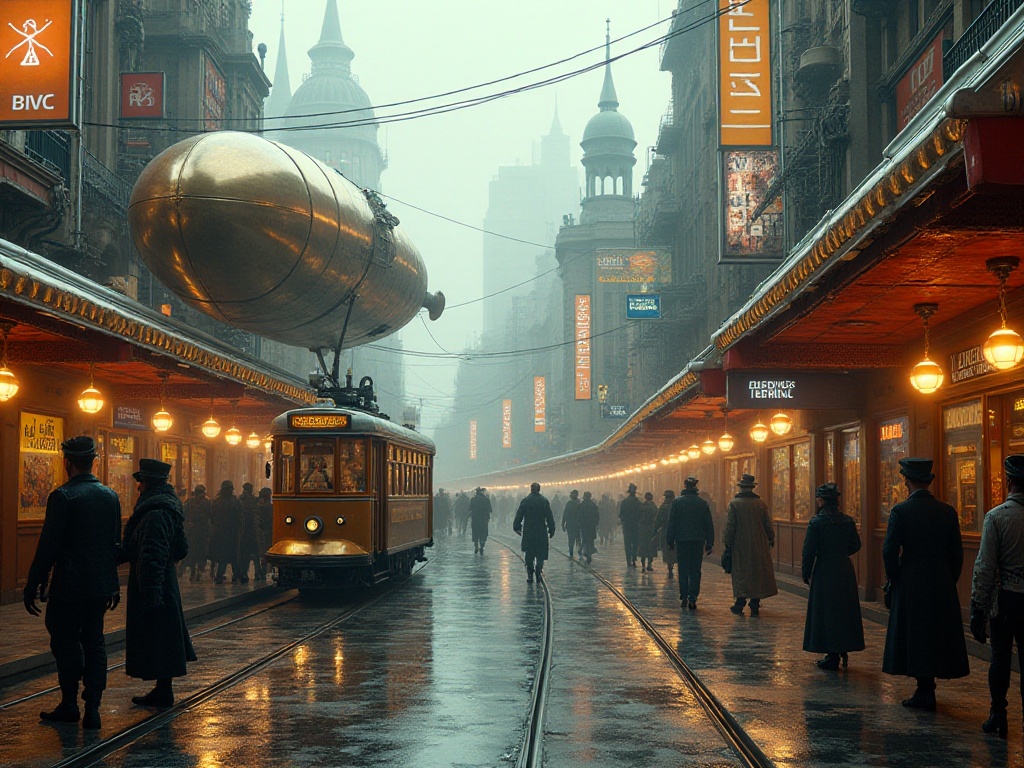
Cultural Impact
The most fascinating aspect of the New York subway is that it's not just a transportation system but a mobile cultural stage. According to MTA regulations, anyone with proper permits can perform in subway stations. This program, called "Music Under New York," transforms stations into platforms for artists to showcase their talents.
At Union Square station, I've heard "Jasmine Flower" played on the erhu, with the elderly musician's melodies expressing a traveler's homesickness. Foreigners around were attracted by this exotic melody, stopping to listen and some recording on their phones. Such East-West cultural collisions are common in the New York subway.
At Times Square station, you can often see street dance performances. Young people flip and turn on the crowded platform, drawing applause. Sometimes there are African drummers performing, their strong rhythms filling the platform with energy. During Christmas, you might hear choirs singing hymns on the platform.
These street artists not only add joy to mundane commutes but also give people opportunities to experience different cultural art forms. Some artists perform at a professional level, choosing the subway because it offers the most authentic audience and direct interaction.
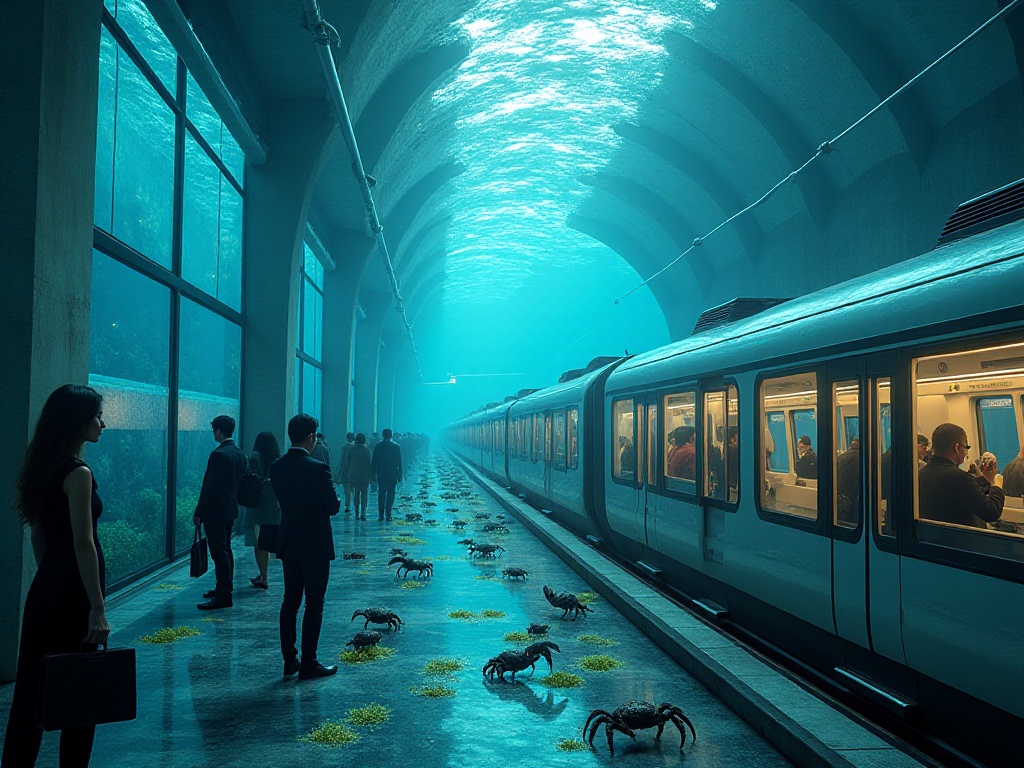
Future Outlook
The New York subway is undergoing its largest modernization renovation in history. By 2025, all stations will have complete WiFi coverage. This means passengers can maintain network connections underground, check real-time train information, or handle work emails.
The introduction of new trains is another highlight. These trains feature open-gangway designs allowing passengers to move freely between cars, increasing capacity and improving safety. Cars are equipped with LED information displays showing real-time arrival information and various announcements.
Platform renovations are also underway. Some old platforms are being fitted with platform screen doors, improving both safety and ventilation conditions. The new OMNY payment system is being rolled out, allowing passengers to enter stations directly with phones or credit cards, eliminating the need for physical MetroCards.
Although these renovation projects bring temporary inconveniences, like weekend station closures or route changes, these temporary disruptions are worth it for better riding experiences. As someone who relies on the subway daily, I'm very much looking forward to these improvements being completed.

Final Thoughts
During my time living in New York, the most memorable experiences have been my daily subway journeys. They've shown me the most authentic New York and let me experience genuine human warmth. As New Yorkers often say: "If you can handle the subway, you can handle anything in New York."
I remember one snowy day when I waited at a subway station for nearly an hour. People on the platform started chatting and sharing their stories. There was a nurse from Puerto Rico, a financial analyst working on Wall Street, and an Italian immigrant running a restaurant in Brooklyn. At that moment, I deeply felt New York's inclusiveness and warmth.
The subway is like New York's blood vessels, connecting every corner of the city. It has witnessed countless people's joys and sorrows, carrying numerous dreams and hopes. Whenever I stand on the platform watching trains roar past, I think of my nervousness and expectations when first coming to New York. Now, that nervousness has turned into familiarity and affection.
Do you have any New York subway experiences you'd like to share? Welcome to tell me in the comments. Next time, let's talk about New York's other public transportation, like those bright yellow taxis.


